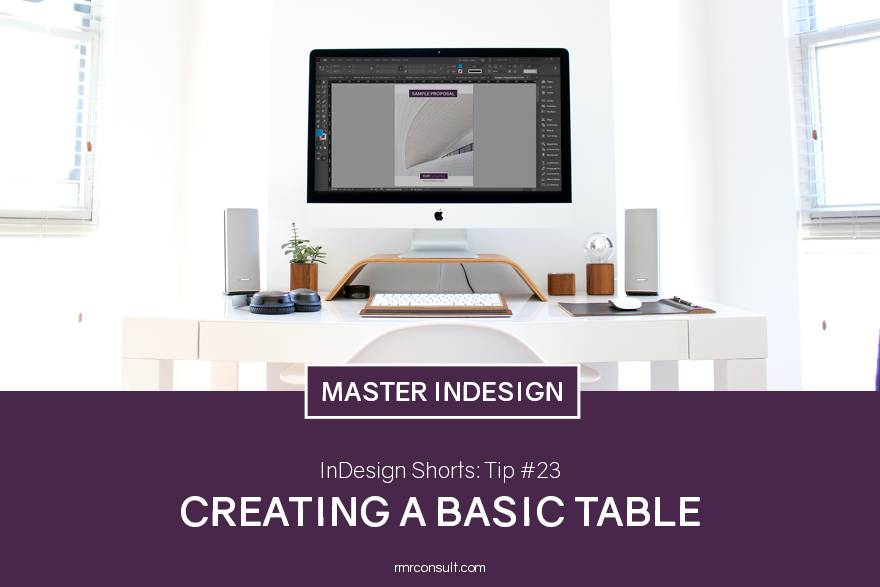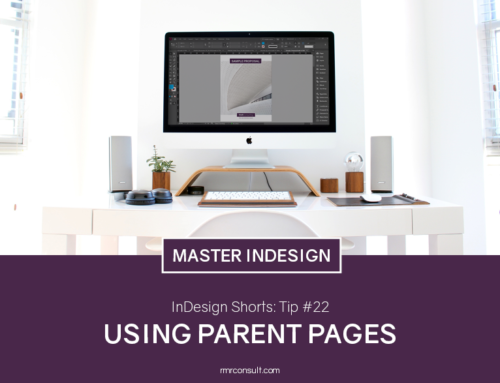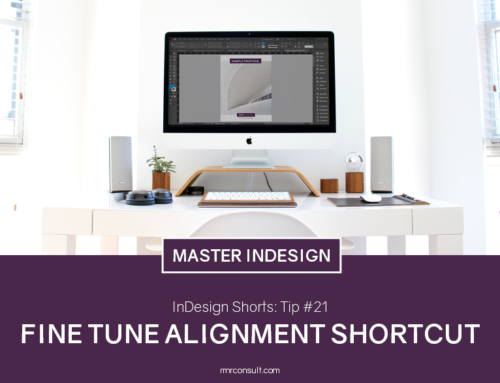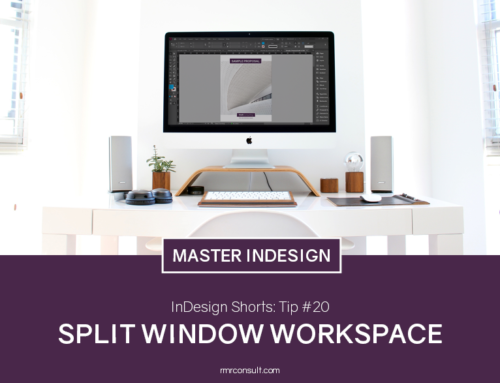InDesign Shorts: Tip #23 – Creating a Basic Table
InDesign Shorts is a recurring series to help everyone of all levels master the ins and outs of the program and become more efficient designers. Got a burning InDesign question? Drop a comment below or join the LinkedIn group for more.
Tables are wonderful organizational tools. We can quickly show key team member information like names, roles, and credentials, or organization project information like size, budget, and schedule with a clean table. InDesign makes it easy to create and format basic tables, so if you’ve been manually drawing them with a creative mix of lines and text boxes, I’m about to save you a ton of time. (Kudos to your dedication, though!)
Create a Basic Table
- To create a basic table, first, draw a text box that’s the width of the table you want to create. InDesign will automatically space the cells of the table according to this width. Height isn’t as important and can be adjusted later.
- With your text box selected, open ‘Table’ in the top menu. (Or click Ctrl+Alt+Shift+T)
- Input the number of rows and columns you want for your table. You can also add header rows and columns if you’d like.
- Click ‘OK’ and InDesign will populate your table.
Basic Table Formatting
You can adjust the fill of the table cells by highlighting the cells you want to edit (drag your cursor through them) and selecting a swatch or adjusting the color manually the way you would for a basic square or circle.
You can adjust the line weight and color of your cells by highlighting the cells you want to edit, and selecting the lines (interior, exterior, all, both, a mix, etc.) in the top menu. Your changes will apply to the lines that are highlighted in the box menu (see video for demonstration).
You can edit text the same way you would in text boxes. To change the font, size, or weight of text in multiple cells, highlight the cells you want to edit and apply the font adjustments in the font menu. Note that you can’t change color this way – it will change the fill of the cell instead. You must highlight text in each cell to adjust color – but then you can use the eyedropper tool to apply the formatting to any other text in the table.






Leave A Comment